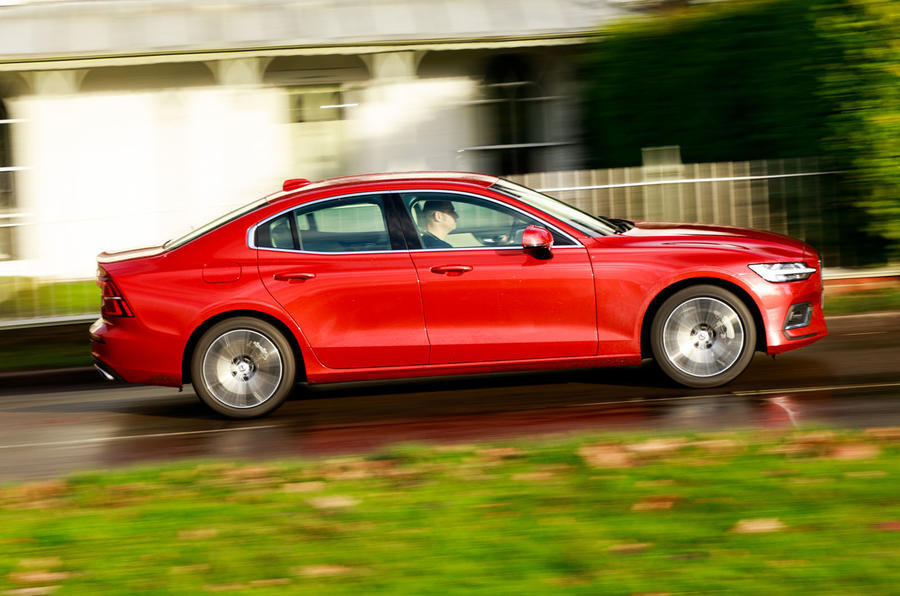Volvo has made the decision to exclusively sell SUVs in the UK, discontinuing its saloon and estate cars.
The Volvo S60 saloon, as well as the Volvo V60 and Volvo V90 estates, are no longer displayed on the company’s online configurator. However, customers can still order pre-configured versions from dealers.
Volvo had previously removed the S90 saloon, V60 and V90 Cross Country estate models from sale as part of a range consolidation effort. The S60 was temporarily removed and later made available for orders again.
The South Carolina plant, where the S60 is manufactured, is currently undergoing renovations to enable the production of electric SUVs for Volvo and its brand Polestar, with plans to launch in 2024.
It’s important to note that the discontinuation of estates does not affect the production of custom vehicles supplied to the UK’s emergency services, including police forces. The S90, V60, V90, and their Cross Country variants will still be produced with specific authority specifications.
These vehicles are designed differently from customer models, featuring enhanced performance, higher payload capacity, upgraded brakes, and the removal of the 112mph speed limiter.

In a statement to Autocar, Volvo explained that their product offer is rapidly evolving, with a focus on full electrification and the adoption of new platforms and technologies. As a result, they have decided to remove additional models from the UK line-up, including the S60, V60, and V90. The demand for SUVs is growing, while interest in their upcoming fully electric EX30 and EX90 models is strong. In contrast, the demand for saloon and estate models in the UK has significantly declined, leading to the decision to discontinue them in the country.

